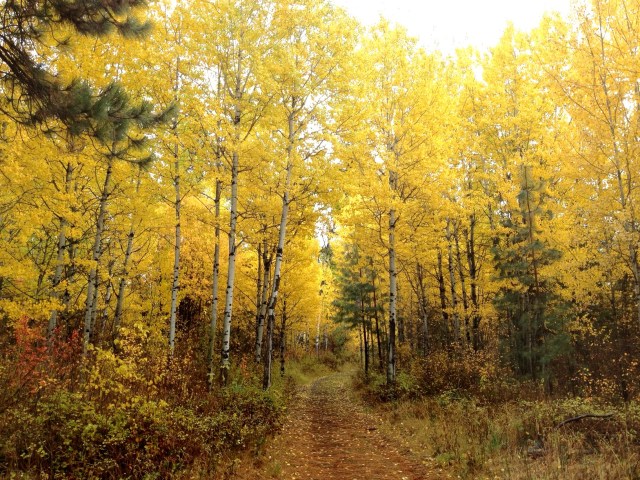Before I continue regaling you with my travel narrative, here’s some background on William Stafford’s Methow River poems. A whole series of them, originally commissioned as interpretive signs in 1992 by the forestry department, is posted along the North Cascades Highway between Washington Pass and the Columbia River. Over time, some of the placards were damaged by snowplows and road debris, but apparently several have been restored or are still in readable condition. (I myself have seen only the one by the footbridge, completely by accident. You can bet that next time, I’ll be making a pilgrimage to every single one!) You can see this list for the titles of Stafford’s Methow River Poems, and learn more about the story of the poem-placards here and here; the latter article also contains a map of the poems’ locations in the Methow Valley. As well, the poems were published together by Confluence Press in 1995, and collected in Even in Quiet Places by Confluence in 1996.
On the second day of our trip to the Methow Valley (or just “The Methow,” as locals call it), we explored a trail that runs parallel to the Methow Community Trail, but on the opposite side of the river. It’s mostly level and easily bikeable for our seven-year-old.

Big Valley Ranch Trail. See the little guy in green? That’s John, on his bike. Photo by Mark Kummer.
The trail, laid out in two loops totalling about 5 miles, winds along between hay fields to the north and river to the south. (If you squint hard, you can just make out the “Big Valley Trailhead” notation in the northwest quadrant of this map and the two green loops representing the trail.)
As I walked, I continued to marvel over the William Stafford poem we’d stumbled across farther up the trail the previous day. Stafford’s images in “Where We Are,” with its fog, rain, and light, were on repeat-play as I watched the rain clouds dance with the sunlight:

Tri-colored aspens. (How do they DO that?) This one’s for you, Cupcake Murphy! Photo by Mark Kummer.
At the end of the second loop, we were able to get to the river itself. John’s favorite riverside game is to throw rocks into the water, but for the sake of the fish, I persuaded him to build rock cairns instead.

This many more salmon will live to see another day! Photo by Mark Kummer.
Mark’s favorite riverside game is to lie down on the rocks and snap pictures. Thank you, Mark!

Actually, Mark loves to throw rocks into the water too. (That’s how John picked up the habit.) But aren’t you glad I convinced him to take this picture instead?
My favorite riverside game is to sit on the log next to the rock cairns and stare at the trees, at the water, at the stones, at the mountains… and, after a while, awake from my reverie and write poems about them. In this case, however, it took me until a few weeks later to get down the poem I’d wanted to write in response to William Stafford’s. Here’s how it goes:
CROSSING THE METHOW AT THE TAWLKS-FOSTER SUSPENSION BRIDGE
After William Stafford’s “Where We Are”
Daylight loves everything coming up this river
like the fog, like the slow reveal
of a poet’s seeing as he stands
on this swaying bridge suspended
over the swift channel of his imagining.
Walking this footpath so many years
behind him, I stand atop the bridge’s curve
and look downriver, the sun setting behind me
loving the wet sky violet.
An oxbow moon floats on the horizon
as gold cottonwoods shuffle their starlings
from one branch to another
and finally breathe them out over the river’s
mottled glow. Every bird’s flight
renews my eyes’ slow marveling,
like the rain locating boulders under its feet,
friendly, stepping and tapping
and greeting them one at a time.

Fossil? Inclusion? Can anybody tell us what’s going on with this rock? (And I assume you pretty much know by now who’s working the camera.)
Stay tuned for Part 3, in which I write about walking the Wolf Creek Road segment of the Methow Community Trail, following the footsteps of a deer.
Cheers, and more soon,
Jenifer




